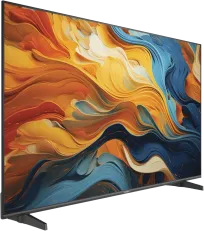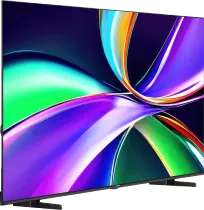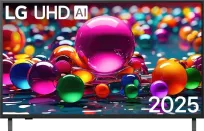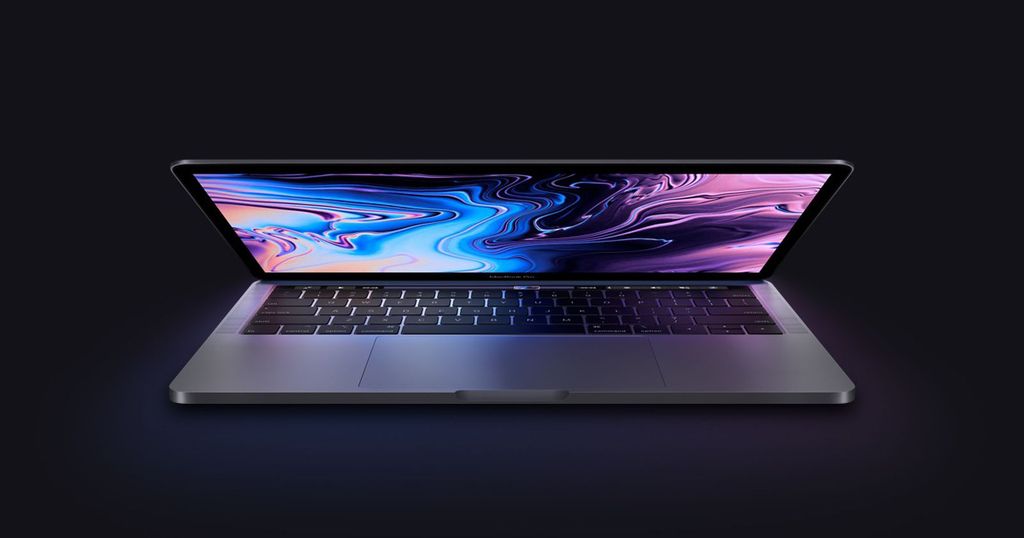
Imagine that instead of buying a monitor for several thousand zlotys, a gaming OLED from Media Expert is enough for conducting professional research on vision. Sounds like science fiction? The Germans claim it's already a reality.
Researchers from Technische Universität Darmstadt checked whether consumer OLED monitors – the ones you might have on your desk at home – can compete with expensive scientific displays. The results? Surprisingly good.
Budget OLED Surprises Scientists – Cheaper and Better than Professional Equipment?
Scientists from the Technische Universität Darmstadt decided to check whether consumer OLED monitors – mainly intended for gamers – could be used in advanced research on visual perception. Four devices were tested: a gaming Asus, a Samsung OLED TV, a professional PROPixx projector, and one additional device.
The results were surprising. Asus ROG Swift PG27AQDM, a monitor available for commercial sale, showed:
response time below 1 ms,
excellent brightness uniformity (max 4% deviation),
94% DCI-P3 coverage,
excellent additive colour (RGB mixed correctly).
On the other hand, the Samsung TV performed well in terms of brightness and colours, but fell short with response time – delays reached 21 ms.
Professional PROPixx projector, although created for research, had significant issues with luminance uniformity – differences reached 17% before calibration.
Colours? Every system is a winner
Interestingly, when it comes to colour reproduction, all devices – whether Asus, Samsung, or VPixx – performed very well. The tests for RGB additivity were nearly perfect. This means that the colours were mixed correctly, without distortion.
What does this mean?
Researchers from TU Darmstadt do not suggest that a gaming monitor will 100% replace a professional projector in every research scenario. However, in many cases – especially where response speed, image uniformity and cost are important – consumer-grade OLED monitors can successfully be used instead of more expensive solutions.
This is great news for small research teams, students, and even budget-constrained institutions. Equipment costing a few thousand zlotys not only "gets the job done" – in some aspects, it even outperforms.
OLEDs are going for more – and not just for gaming
In summary: if you are conducting research on visual perception and your budget does not resemble that of NASA – a gaming OLED could be your ally. It will not yet fully replace professional devices, but... it's getting closer faster than you think. And that's great news not only for scientists but also for anyone who wants a real screen without going into debt.
Source: DispplayDaily
 Katarzyna Petru
Katarzyna Petru













